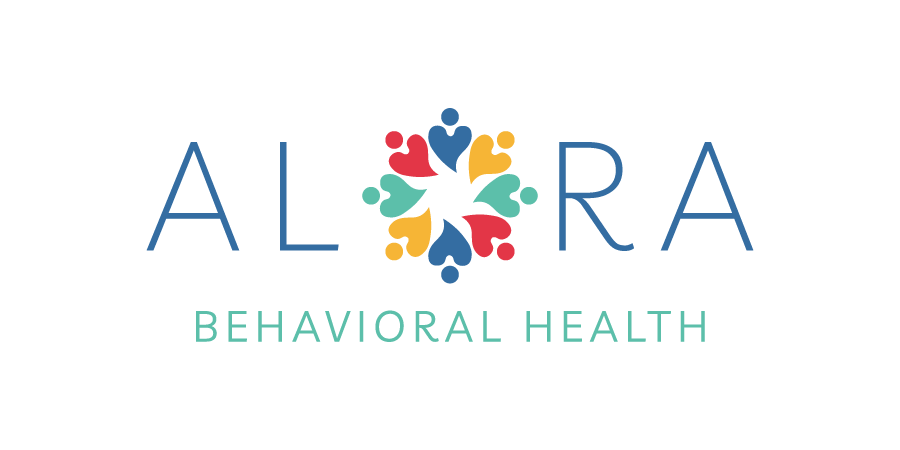Turn-taking and sharing are essential social skills that support communication, cooperation, and relationship-building. For many children, especially those with developmental delays or social challenges, these skills don’t come naturally and require intentional teaching. Applied Behavior Analysis (ABA) therapy offers structured strategies that help children learn to take turns and share in meaningful, developmentally appropriate ways.
Why Turn-Taking and Sharing Matter
Turn-taking and sharing are foundational elements of peer interaction. Whether it’s playing a game, participating in a classroom activity, or engaging in a conversation, these skills help children:
- Build social connections
- Reduce conflict
- Improve emotional regulation
- Develop empathy and cooperation
Learning to wait, share resources, or alternate actions supports smoother group interactions and prepares children for real-world social situations.
Using ABA Principles to Teach Social Skills
ABA therapy uses evidence-based methods to teach behaviors by breaking them down into manageable steps and reinforcing progress. When it comes to turn-taking and sharing, therapists start by assessing a child’s current social skills and identifying appropriate starting points.
For example, a child may begin by learning to give up a toy for a few seconds with prompting and praise, gradually increasing the duration and independence of the behavior.
Reinforcement Encourages Participation
Positive reinforcement is a key strategy in teaching social skills. When a child successfully takes turns or shares, they receive a reinforcing consequence, such as verbal praise, access to a preferred item, or a token reward.
Reinforcement makes the behavior more likely to occur again. Initially, reinforcement may be given every time the child shares or takes a turn, and then it can be faded as the skill becomes more natural.
Modeling and Prompting
Modeling desired behaviors helps children learn what turn-taking and sharing look like. Therapists or peers can demonstrate these actions while narrating them clearly: “It’s your turn to roll the ball. Now it’s my turn. We take turns!”
Prompting can also support the learning process. A prompt might be a verbal cue (“Can you give your friend a turn?”) or a physical gesture. Over time, prompts are faded to encourage independent behavior.
Using Visual Supports and Structured Games
Visual supports such as turn-taking cards, timers, or visual schedules help children understand when it’s their turn and how long to wait. These tools create predictability and reduce anxiety about waiting or sharing.
Structured games are another effective way to practice these skills. Games with clear turn sequences (like board games or rolling a ball back and forth) provide natural opportunities to take turns and share materials.
Generalizing Skills Across Settings
Once a child can share or take turns in a therapy session, the goal is to generalize that skill to other settings, such as home or school. Therapists work with families and educators to ensure consistency and provide strategies for supporting the skill outside of structured sessions.
For instance, a therapist might coach a parent on how to prompt and reinforce sharing during playtime with a sibling or peer.
Monitoring Progress and Adjusting Strategies
As with any skill in ABA therapy, turn-taking and sharing are monitored through data collection. Therapists track how often a child engages in the target behavior, the level of support required, and any changes over time. Strategies are adjusted based on progress and the child’s needs.
In conclusion, teaching turn-taking and sharing is an important part of supporting social development. With consistent behavior strategies rooted in ABA principles—such as reinforcement, modeling, prompting, and visual support—children can learn to navigate social interactions more successfully and build stronger relationships with others.
